Germany is now reviewing games with swastikas and Nazi imagery in them, sparking a larger conversation about displaying swastikas and other symbols in video games.
By August 2017, the general public watched as Nazism reared its ugly head in mainstream American politics during the white supremacist “Unite the Right” rally in Charlottesville, Virginia. Confederate flags flew alongside swastikas and far-right newcomers such as Identity Evropa. Three died during the demonstrations, 38 injured, and 11 arrested. To the horror of locals, “Charlottesville” became emblematic of burning torches and Nazi flags.
Nazism’s resurgence back into American politics isn’t unprecedented—Swaths of the American public fell in love with Nazi Germany during the America First movement prior to World War II. Even after the war, National Socialism remained alive and well in the U.S. for decades. Yet its reappearance during the Trump administration has left many scrambling to comprehend how to resist contemporary neo-Nazism in their art. Including how to depict its symbols in modern video games—If at all.
One year after Charlottesville, the question rises again. Germany is giving leniency to video games that depict the swastika and other forms of Nazi imagery, something that had prevented dozens of major games from releasing in the market without considerable tailoring.
Under section 86 in the German Criminal Code, or the Strafgesetzbuch, the German federal republic specifically bans the use of symbols such as “flags, insignia, uniforms, slogans, and forms of greeting” that pertain to “unconstitutional organizations,” such as National Socialism. Beyond their display in certain mediums, such as “art or science, research or teaching,” and “reporting about current historical events or similar purposes,” swastikas and symbols like the SS Totenkopf skull and bones are outlawed. Video games weren’t defined under the code’s exemptions, even though those protections were extended to art forms like film.
That changed this week. Germany’s Entertainment Software Self-Regulation Body was ordered to classify video games based on how they “depict symbols of unconstitutional organisations,” GamesIndustry.biz reports. Instead of a blanket ban on all swastikas and Nazi symbols in games, the body will now rate titles based on whether they provide some sense of artistic or historical merit as laid out by the Criminal Code.
On one hand, that’s a major win for Germany’s games industry. It means the German government views games as an artistic medium, which will benefit it beyond just this matter. But the regulation body’s new move also opens a larger question about which games “further civil enlightenment” and “promote art,” and which ones do not. Games like Wolfenstein II: The New Order that tackle Nazi ideology head-on could be reclassified in Germany so they can depict swastikas, but titles like South Park: The Stick of Truth, which features Nazi zombies with swastika armbands, may struggle more for approval.
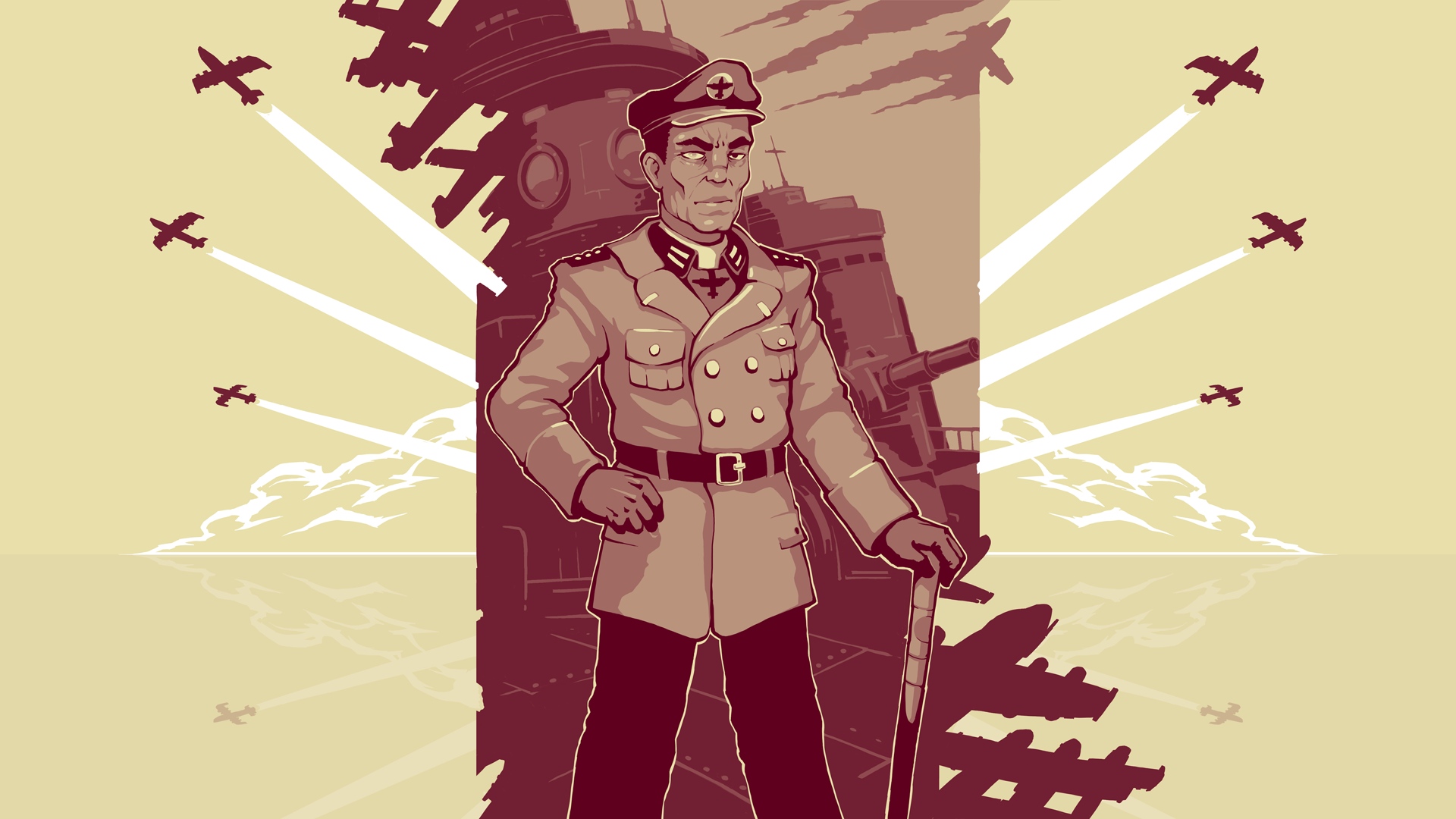
It doesn’t take a swastika to make a game look like it’s paying homage to Nazism in a distasteful way. Vlambeer’s arcade-like shoot ’em up Luftrausers struggled with this when the game first launched in 2014.
There’s the name, for one: Luftrausers, the titular aircraft players pilot throughout the game, but sounds suspiciously like the Wehrmacht’s air force the “Luftwaffe.” The game’s logo sports a skull with six planes flying adjacent from it like a skull and bones, and underneath the title. There’s a flag with a white circle and the game’s Luftrauser plane inside.
Then there’s concept art showing a pilot dressed similar to a Luftwaffe pilot, and the game’s UI is dotted with military staff that look like caricatured Nazi officers. Like Mitchell and Webb, It’s hard to play Luftrausers and not feel like “the baddies.”
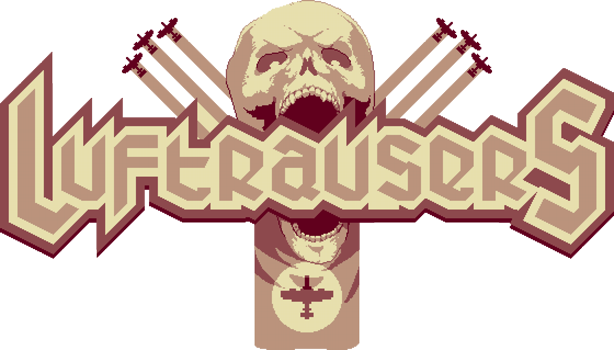
Vlambeer denied that players starred as a Nazi pilot, but the studio realized they had produced an art style that made people uncomfortable. Vlambeer’s Rami Ismail admitted that the two-man development team didn’t realize the issue until it was too late, according to a Salon story by Dennis Scimeca.
“I felt the skull and crossbones iconography was obviously problematic,” Scimeca wrote in 2014. “Ismail, to his credit, agreed. He and his co-creator had hardly registered that it was offensive, he explained, after working on the game for so long.”
Scimeca argues that pop culture has trivialized the Third Reich and stripped Nazism of its larger far-right rhetoric, letting developers play around with Nazi symbols without actually talking about the crimes against humanity that the Nazis carried out, like burning queer research or enacting the Holocaust. It also makes it feel like a relic, and not as active as was clear in Virginia.
When action games and arcadey first-person shooters let players run around as a Wehrmacht soldier or buff American Everyman without thinking about the actual violence that caused Nazism’s rise to power, then Nazi imagery is only making the setting feel edgy, not engaging. This is a struggle with major commercial games, regardless of theme.
At the same time, there’s a difference between a swastika or uniform that’s divorced from history and one that works alongside it. Games steeped in historical realism try to emulate the feelings and stakes behind being in a military conflict like World War II, and Nazi imagery certainly belongs in titles that are seriously invested in telling the stories behind the war’s battles and atrocities.
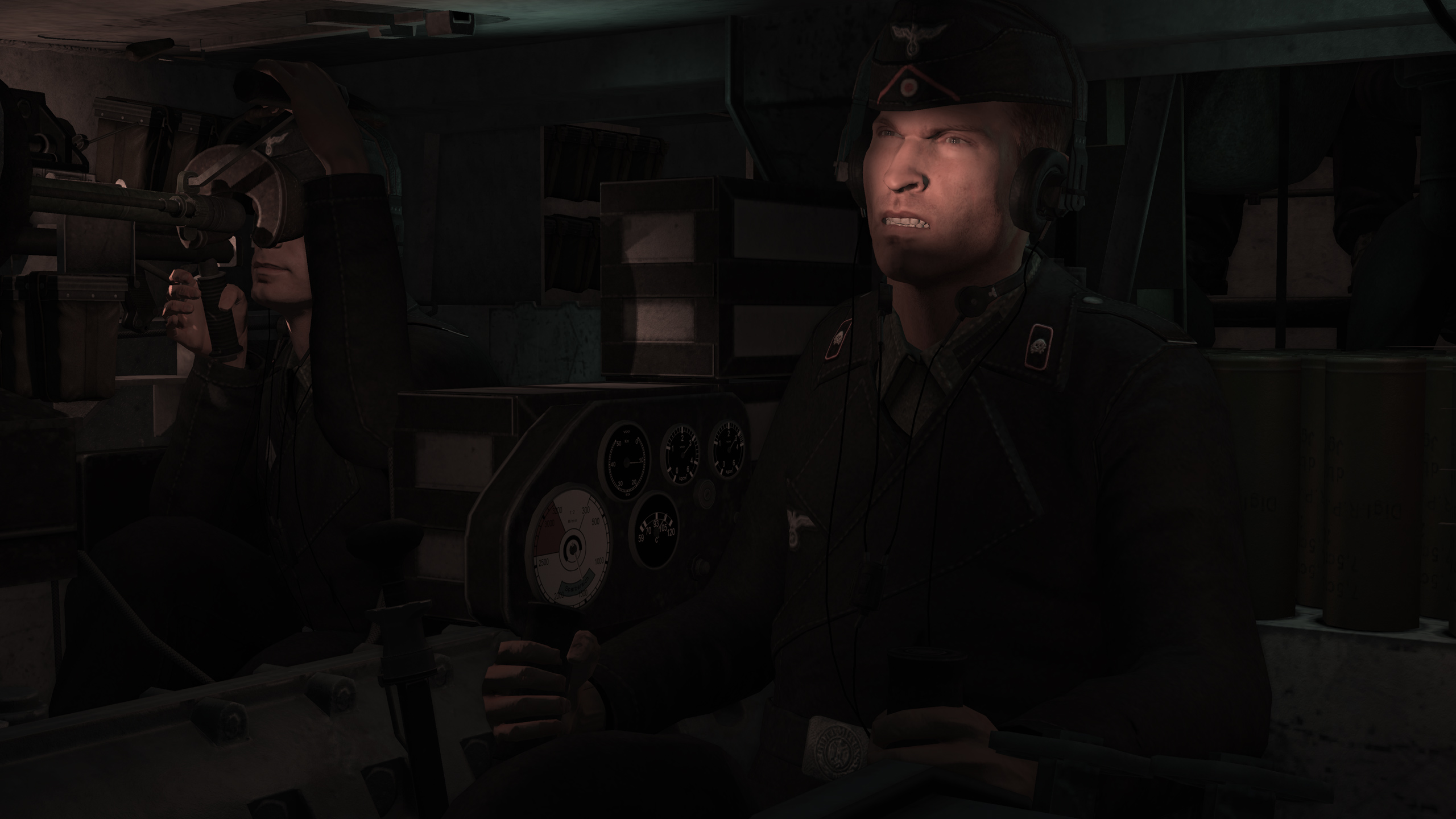
Tripwire Interactive’s realistic multiplayer shooter Red Orchestra 2: Heroes of Stalingrad doesn’t look at World War II’s Eastern Front with rose-tinted glasses. Dying Soviet soldiers moan for help from their comrades, Wehrmacht troops suffer breakdowns on the battlefield while their squad dies, and the game lets players hear their opponents’ blood-curdling screams when they bleed to death. Playing Red Orchestra 2 can feel uncomfortable, especially when your bullet is responsible for agonized wails. That’s for a reason: Red Orchestra 2 make players empathize with soldiers who experienced the war and understand what was at stake for the Soviet Union during Hitler’s push for Moscow.
Granted, Red Orchestra 2 doesn’t use a single swastika, just incredibly realistic uniforms and equipment for its German models. But if Tripwire added the symbol, then its inclusion would only reinforce the gravity behind the game. This illustrates that the symbol can be skipped if there’s a faster route to the truama. A swastika in a historically accurate video game carries much more weight for its playerbase than in blockbuster AAA games with little attention to historical detail.
Games have the power to tackle Nazi ideology in a way that forces players to acknowledge National Socialism at its logical core. Secret Hitler, a deduction board game co-created by Cards Against Humanity’s creator, replicates how fascists come to power by using Nazi Germany as a model. The game draws heavily on Nazi imagery from the 1930s while teaching players about fascism’s inner workings and how it uses populist support to jettison its way to power within a democratic state.

Wolfenstein II: The New Colossus, on the other hand, has a lot of insightful (albeit painful) things to say about Nazi Germany’s occupation of Eastern, Central, and Western Europe. It does this through an alternate reality science-fiction universe where the Third Reich takes over America. There’s plenty of pulp and camp shoved into the game, but there are also scenes that show fascism’s violence to its fullest extent. Genocide carried out against American Jews, Black Americans forced into racial ghettos, and assimilation by force into white supremacist values, down to Americans forced to speak German and eat German foods.
The narrative design behind Wolfenstein II is an emotional roller coaster that’s trying to prove a point to American players: When facism wins, it destroys democracies. Swastikas feature prominently on the game’s enemy grenadiers and officers, reminding players that Nazi soldiers cannot be divorced from the white supremacist political values that are fundamentally behind National Socialism and the Third Reich.
The swastika is a powerful and dangerous symbol, especially in 2018. Yet for games that have serious criticisms about Nazi Germany, fascism, and white supremacy, it must be used to remind players of the dangers that authoritarianism brings to nations. In other words, the swastika and its fellow Nazi symbols need to be used contextually, as journalist Jakub Mirowski explained for GamePressure.com in 2015.
“In many cases, removing the swastikas equals washing the game off the ideological overtone,” Mirowski wrote. “Those who did not pay attention during history lessons may conclude that the 1939-45 Germany was nothing but a military country and an aggressive nation.”
For decades, modern-day Germany served as the poster child for regulating Nazi political imagery in video games, to the point where many mainstream series like Battlefield have swapped out swastikas for the Iron Cross. Maybe that’s best for games that use World War II as a setting that can be seamlessly swapped with any other war, like World War I, modern warfare, or strange, futuristic sci-fi worlds.
At the same time, Nazi imagery and swastikas teach players about a historical era, show war’s horrific realities, and reveal how Nazism destroys lives. Game developers that have something meaningful to say against Nazism should be allowed to use these symbols, albeit carefully. In today’s modern political climate, where men are proudly waving the swastika and reciting chants used nearly 100 years ago under Hitler’s rule, games must be ready to talk about Nazism openly and honestly, even if it hurts to look at.

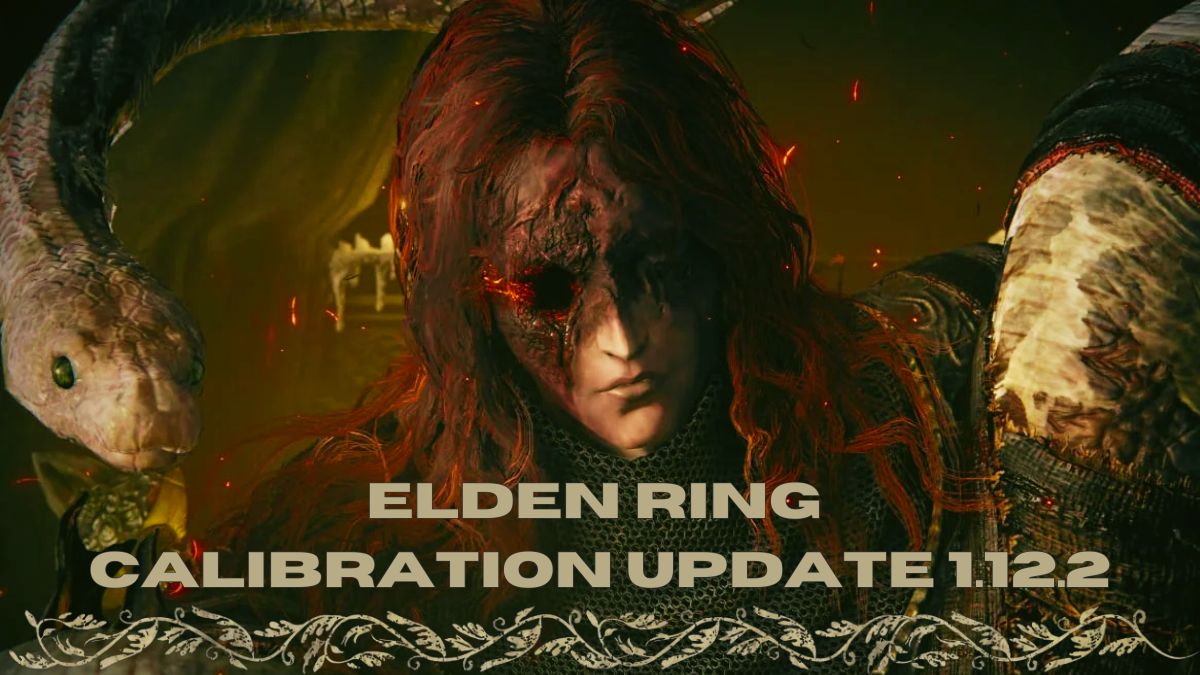
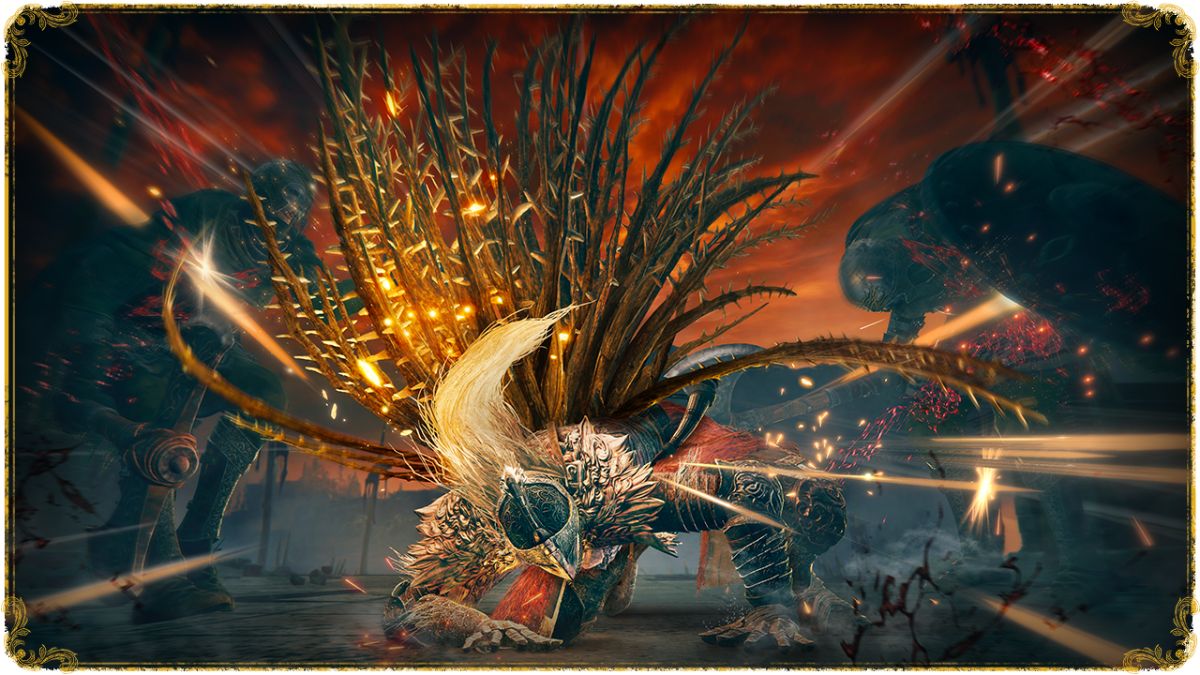
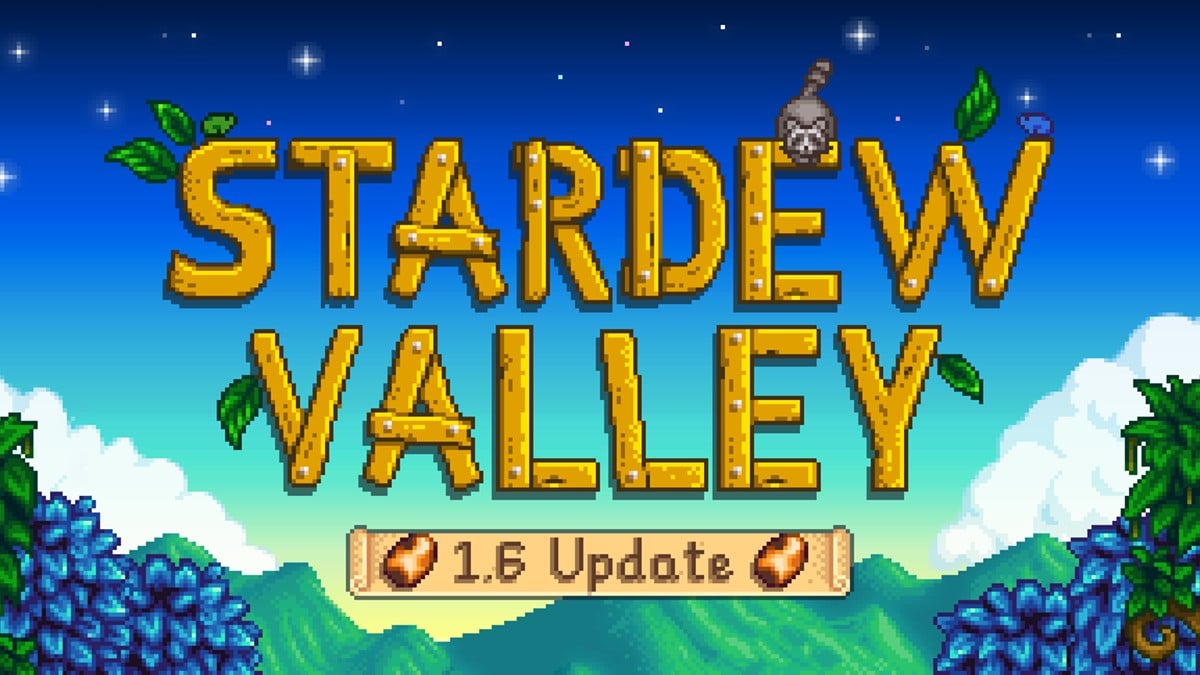
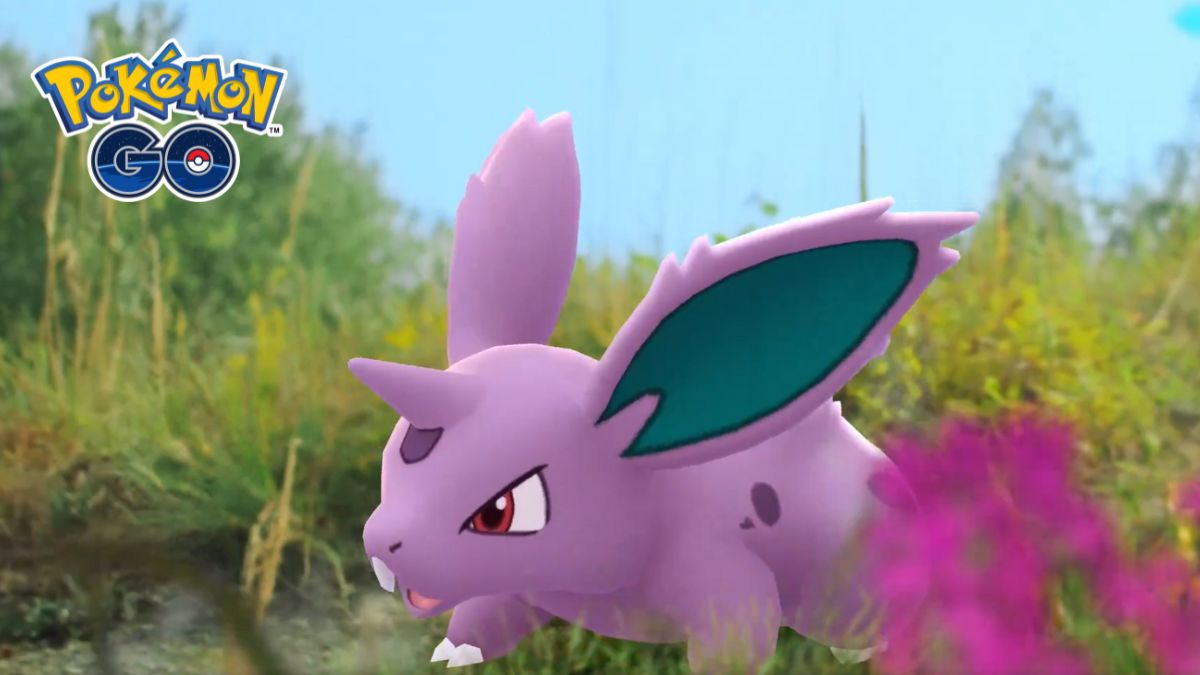

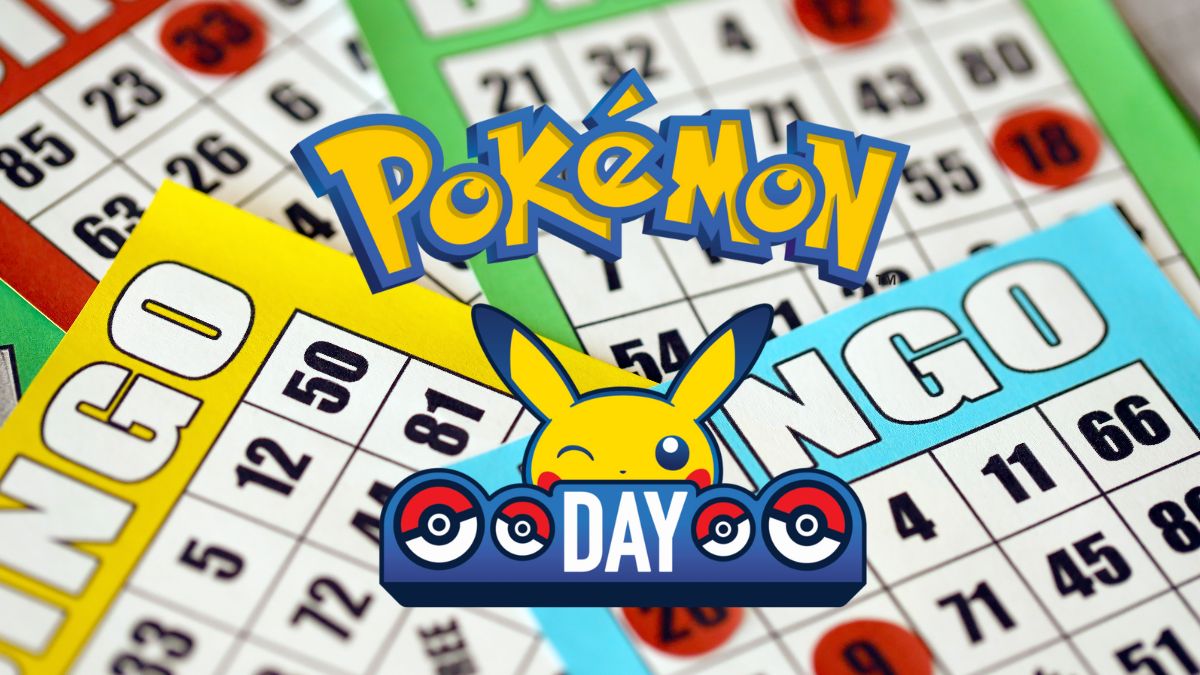

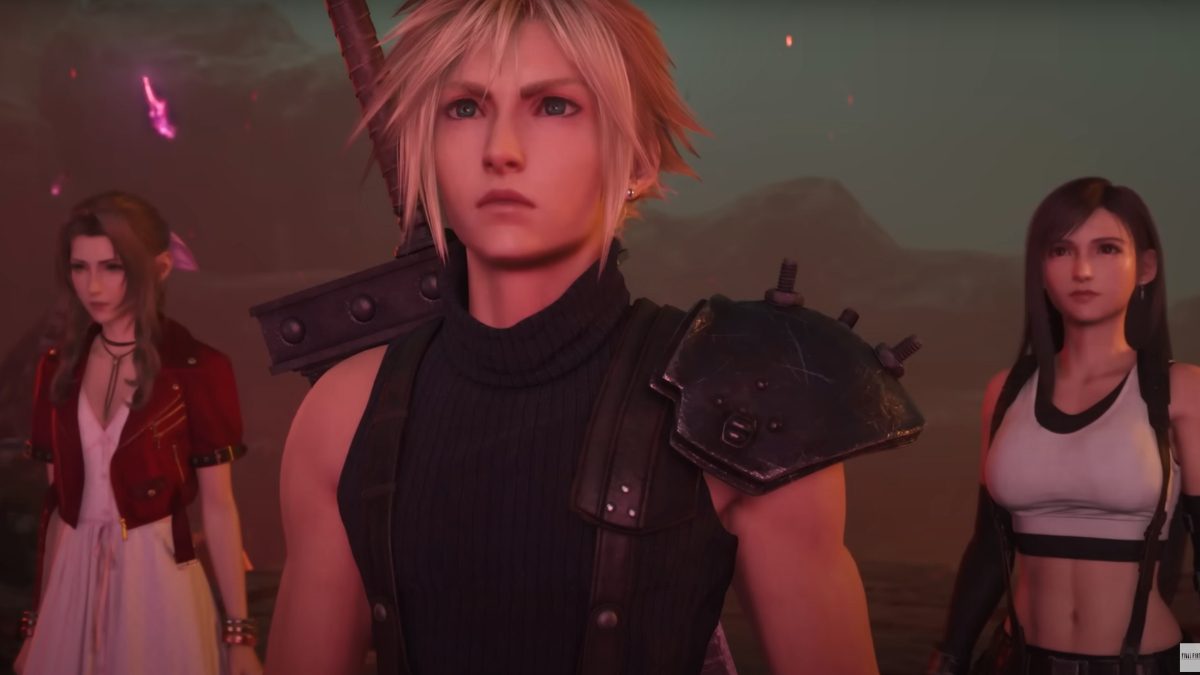
Published: Aug 10, 2018 09:37 pm